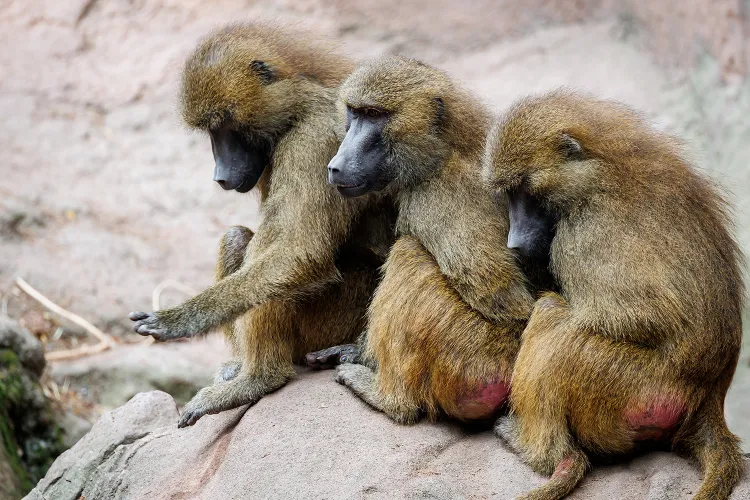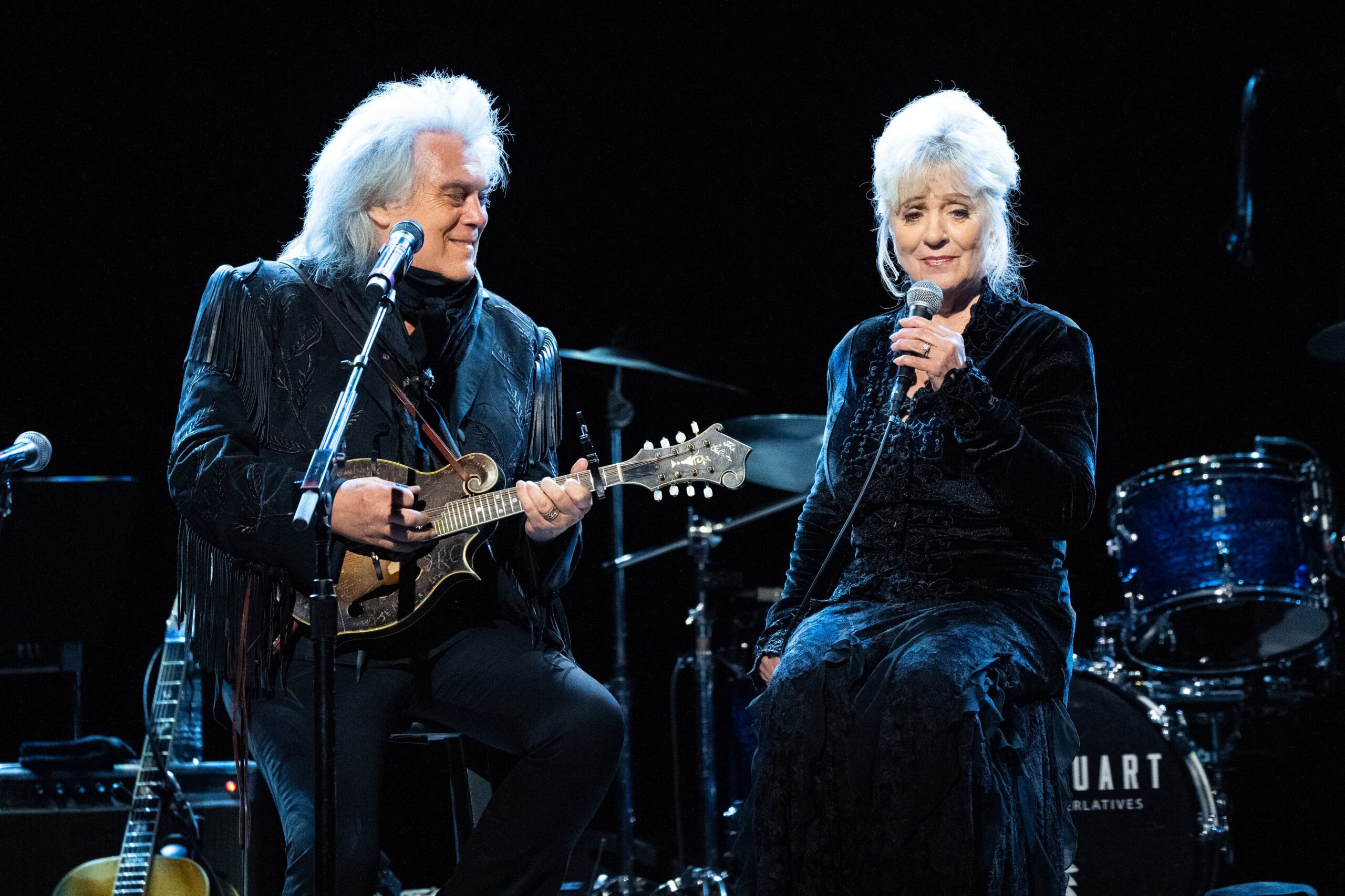After it was revealed that it had put 12 healthy Guinea baboons down because of overcrowding, the TiergartenNrnberg Zoo in southern Germany is coming under increasing criticism.
The decision was made, according to zoo officials, since their baboon population expanded to 40, significantly more than the enclosure’s 25-person capacity. DW News, the BBC, and the Associated Press reported that the baboons became more aggressive and injured as a result of their increased numbers.
Due to space constraints and unsuccessful attempts to move the animals to other facilities, the zoo first declared plans to reduce its baboon population in February 2024. They had no space in the zoos they had previously collaborated with, such as those in Paris and China, and it was considered impractical to either enlarge the enclosure or release the baboons into the wild.
The baboon population grew even after contraceptive measures were implemented. Zoo officials stated that culling was the last option after all other options had been exhausted. The zoo verified that none of the animals that were put down were pregnant or involved in any current studies. Afterwards, the zoo’s predators were fed their corpses.
ProWildlife and other animal rights organizations have denounced the ruling. In a statement to DW News, the organization criticized the zoo s long-standing breeding practices as irresponsible and unsustainable. Together with other advocacy organizations, they have accused the zoo’s administration of breaking animal protection rules in a criminal complaint.
Seven protesters scaled the zoo’s walls on July 29 as a result of the outcry. Before the group was taken into custody by the police, one demonstrator engaged in civil disobedience by sticking her hands to the ground.
In a press conference, zoo director Dag Encke defended the decision in spite of the criticism, claiming that the culling was the outcome of years of deliberation. He maintained that it was required to protect the safety and well-being of the surviving baboons and that it was in accordance with the rules set forth by the European Association of Zoos and Aquaria (EAZA).
Additional attempts for feedback from the Tiergarten N rnberg Zoo have not received a response.












